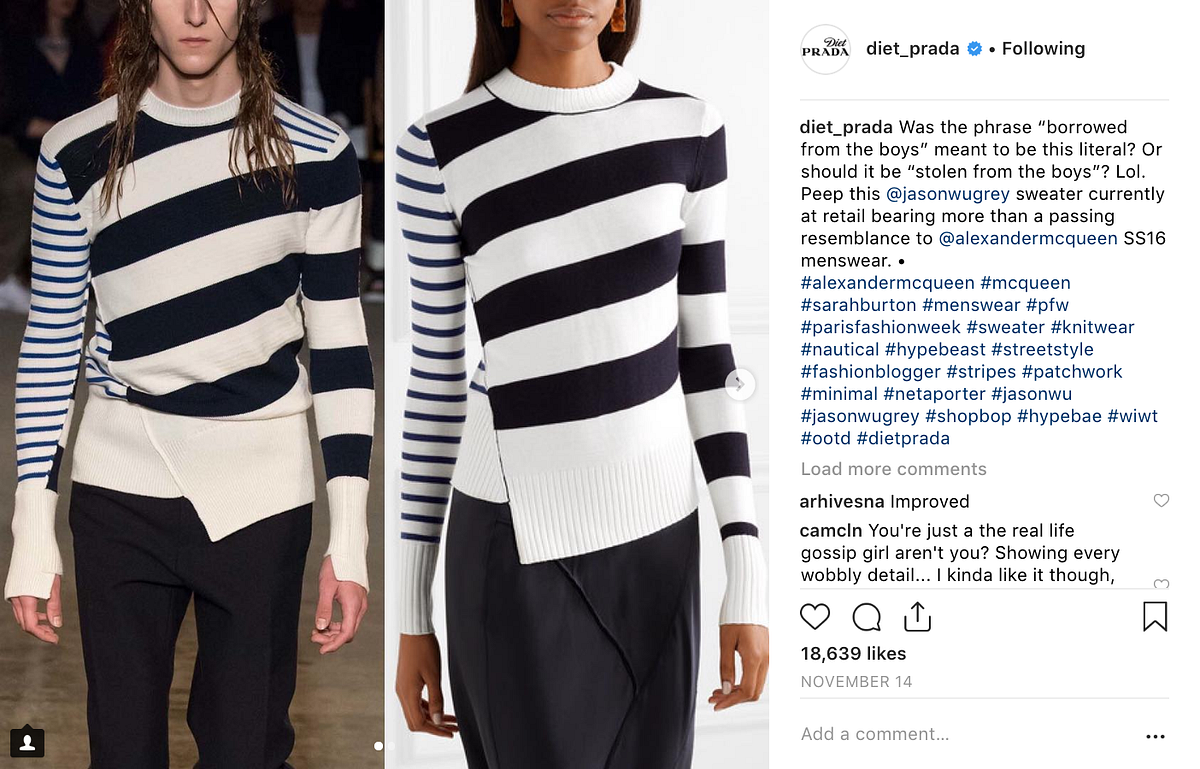Defensible products do not make defensible brands, although it can be easy to confuse the two.
What makes a brand defensible?
The world talks a lot about product defensibility, but brand defensibility seems to be a far more abstract subject. How do you build a brand that not only triggers users to act, but also puts competitors in a natural position of weakness?
Defensibility itself is an inherent trait or quality that puts your company in a role that’s hard to challenge. It is an advantage in your DNA that places you in a white spot of the landscape, and often gets stronger with time.
Defensibility is the ultimate goal of brand strategy.
Anyone can make a brand. Very few can make a brand that naturally undermines the value of others in the space just by existing.
But if I ask CEOs, leaders and other strategists what brand defensibility actually is, they’ll usually confuse it with product defensibility.
When it comes to product, defensibility looks like:
- Data Moats
- Ecosystems
- Network Effects
- Intellectual Property (sometimes)
These are locking mechanisms. They lock people into an escalating commitment over time.
When people make the decision to switch from Apple’s iPhone ecosystem to Google’s Android ecosystem, they are running an equation in their heads: what is the cost/ pain of leaving a walled garden vs. the benefit/ reward of an open platform?
A similar locking mechanism is at play when someone considers using an alternative to Google Maps (data moats) or investing their personal lives in Instagram vs. Snapchat (network effects). The more you have invested, the harder it is to jump ship.
Product defensibility is really easy to spot, and for many, it can be easy to confuse it with brand defensibility. You may think Google’s trustworthy brand is borne of their data and ecosystems, but it’s not.
Brand defensibility looks very different than product defensibility:
- Protected Narratives: Stories and storytelling devices that are fundamentally unavailable to your competitors. (I talk more about this here.)
- Identity Validation: Validating a user, subculture or group that’s primed to be acknowledged. (Strategist Ana Andjelic does a great job of describing it here).
- New Truth/ Worldview: A vision of the future that no one else can afford to tell. (I go deep into this topic here.)
- Brand Perception: The trust, perceived sense of autonomy, and sense of “what this brand says about me”. (I explore a specific case study here.)
These are belief models. They are a highly personal logic that explains how something works in the real world, and they operate very differently than locking mechanisms.
Snapchat may have had strong network effects early on that caused people to join its platform, but it was Instagram’s belief model of Identity Validation and New Truth that said “A beautiful life on display is the only life worth living” which ultimately won out and made many of those same Snapchatters move their life investments over to Instagram.
When Instagram copied Snapchat’s ephemeral content with Stories, they erased any product advantage. But what caused the migration was their brand.
In other words, Instagram’s brand defensibility around identity and belief won over Snapchat’s product defensibility of network effects.
That dynamic underscores a critical point in product vs. brand:
Locking mechanisms force a decision based on short-term need.
Belief models create a behavior based on long-term desires.
I can tell you right now that behaviors based on long-term desires ultimately beat out decisions based on short-term needs, and we’re seeing that happen more and more in business every day.
Belief models move markets and make markets.
Food and beverage, travel, luxury, wellness, beauty — these are all markets based on belief models.
There’s very little IP or inherent product defensibility in these verticals. They rely on belief models in order to move product. You might even say that those belief models are the actual product themselves.
A belief model can easily move a market. But more importantly, it can launch entirely new markets and spaces that never existed before.
Many of you reading this will likely already have adopted a new belief model around functional ingredients.
This is a new slew of ingredients like CBD, adaptogens, nootropics, CoQ10, Vitamin C, turmeric, moringa oil, collagen and so on that are promising to change our lives. They’re finding their way into everything from makeup and ingestible beauty to infused drinks and functional foods.
They tell the intoxicating story of “inside out” potential — the belief model that anything can be cured or optimized with the right functional ingredient. Find the right ingredient, and you can unlock something amazing within yourself.
This belief model, although very new, has already had huge impact in consumer markets.
If you pay close attention, you’ll see that it not only moved many markets like food, beverage, beauty and luxury, but also created new ones in personal development, productivity and medicine.
… and it all came from a market progression that already existed. In beauty alone, the story is clear:
- The “all natural” movement of the 1980s and 1990s: Natural, clean, unscented — ingredients were about purity, and we centered our values around that belief. Brands like Jergen’s All Natural came on the scene, Dove introduced their unscented bar, Burt’s Bees graduated from its cult following.
- The “actives” obsession of the 2000s: People begin to believe in immediate results and visible change. Botox, limp plumpers, tooth whitening kits, eyelash serums and new plastic surgery procedures all become popularized.
- The “functional” frontier of today: Charcoal, ginseng, adaptogens, CBD, hemp and special supplements all reflect the belief that we can unlock something within ourselves with the right functional ingredients. Brands like Moon Juice, Vital Proteins, Ambika Herbals, Dirty Lemon and Kalumi Beauty are a tiny fraction of the companies that have rushed in to fill the new demand based on this belief model.
Don’t forget the emerging authority of functional medicine, gut health and alternative medicine, too.
More and more, we are driven by our belief models over our logical short-term needs.
The way we choose to understand the world is driving our purchase decisions. The evidence is right here in front of us.
Defensible brands can survive without defensible products, but not vice versa.
You can’t win the war with only a defensible product.
The moment someone comes in and layers a compelling, defensible brand on top of a similar product, you’ll lose.
The opposite — a defensible brand without a defensible product — can actually win.
A perfect place to see this happening is in fashion.
Defensible product is almost unheard of in fashion. Spend some time on Diet Prada’s feed and you’ll see why. Not only do all brands constantly steal ideas from each other, but everyone is pretty much helpless in safeguarding their designs, looks or processes from a competing label.

There is no IP in fashion. There are no data moats, ecosystems or network effects.
And when you take away all of those product protections, all that is left is brand. That brand is a story. It’s a story that heavily employs Identity Validation and Brand Perceptions.
If you try to dissect a company like Prada, Michael Kors or Burberry, you’ll see that under that story there is not much else. The clothes themselves are interchangeable and meaningless. The actual product is irrelevant.
It is our beliefs about that clothing brand, and what that brand says about us when we wear it, that drives our purchases.
We do not buy to clothe ourselves for comfort against the elements. It’s about the stories we tell ourselves by way of the brands we wear.
Never has this been proven so true than when it was revealed that Cambridge Analytica had used fashion tastes to identify right-wing voters at Business of Fashion’s 2018 conference.
‘”Preferences in clothing and music are the leading indicators of political leaning,” said Christopher Wylie, the Cambridge Analytica whistle-blower.
Clothing serves as such a strong belief model that we can, with great accuracy, determine a population’s political leanings based on it:
The narratives of the great American brands, which play on the myths of the West and the (mostly male) frontier are also the narratives of the Republican right. Those who choose to spend on the former are susceptible to the latter. He mentioned Wrangler and L.L. Bean in particular as brands that Cambridge Analytica aligned with conservative traits.
(Kenzo, by contrast, which is designed by Humberto Leon and Carol Lim, the avant-garde duo behind the retail store Opening Ceremony, appealed to liberals, he suggested.)
https://www.nytimes.com/2018/11/29/style/cambridge-analytica-fashion-data.html
This is a tremendous example of how defensible products (and the locking mechanisms behind them) operate very differently than defensible brands (and the belief models they employ.)
Locking mechanisms are logical levers that can be reduced to pros and cons, but belief models are far more flexible representations of the relationship between things.
Belief models are a combination of our knowledge, experiences and intuition, and they can easily cause us to replace black-and-white reasoning with more colorful ideology — such as with fashion.
The fact is you can’t fight ideology with logic.
Once we believe the world works a certain way, we bend logic into that framework.
The more an audience is bombarded with choice, fragmentation and competing truths like we are today, the more valuable these ideologies become. They’re crucial frameworks for our behaviors.
We’re living in an age when those ideologies have become everything.
Belief models for the future.
Nothing is defensible eternally — product, brand or otherwise. But focusing on brand defensibility in the first 2–5 years of your venture can set your company up for a decade of dominance.
I believe that no matter your industry, whether you are B2B or B2C, the brand is what you are selling. In which case, you need to do everything possible to make sure that brand is defensible.
Brands, just like products, have to evolve over time with their customers. Belief models, no matter how strong they are today, will be supplanted by new ones in coming years and generations.
Pay attention to the ideologies that are growing within your audiences. They will always lead you into the future of where your brand needs to be.




